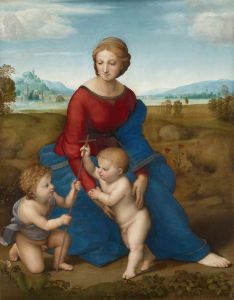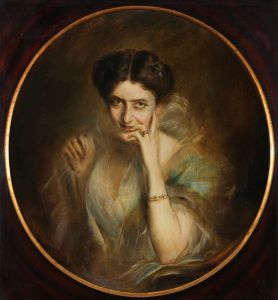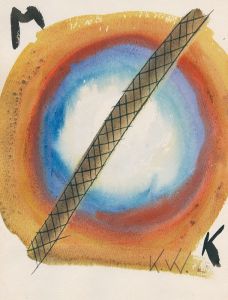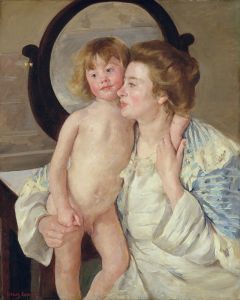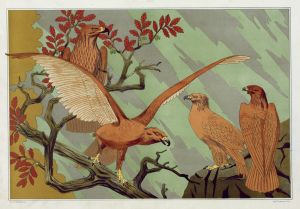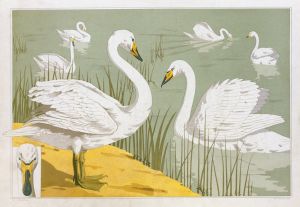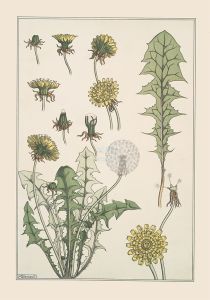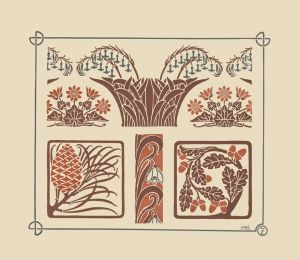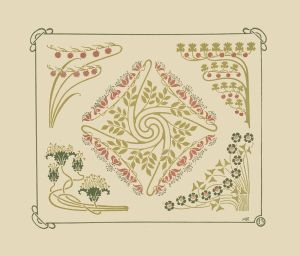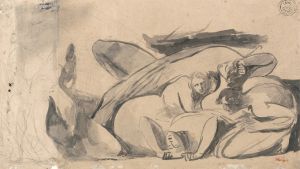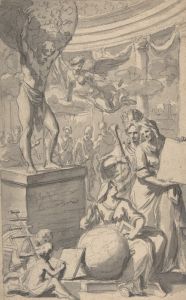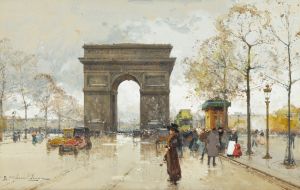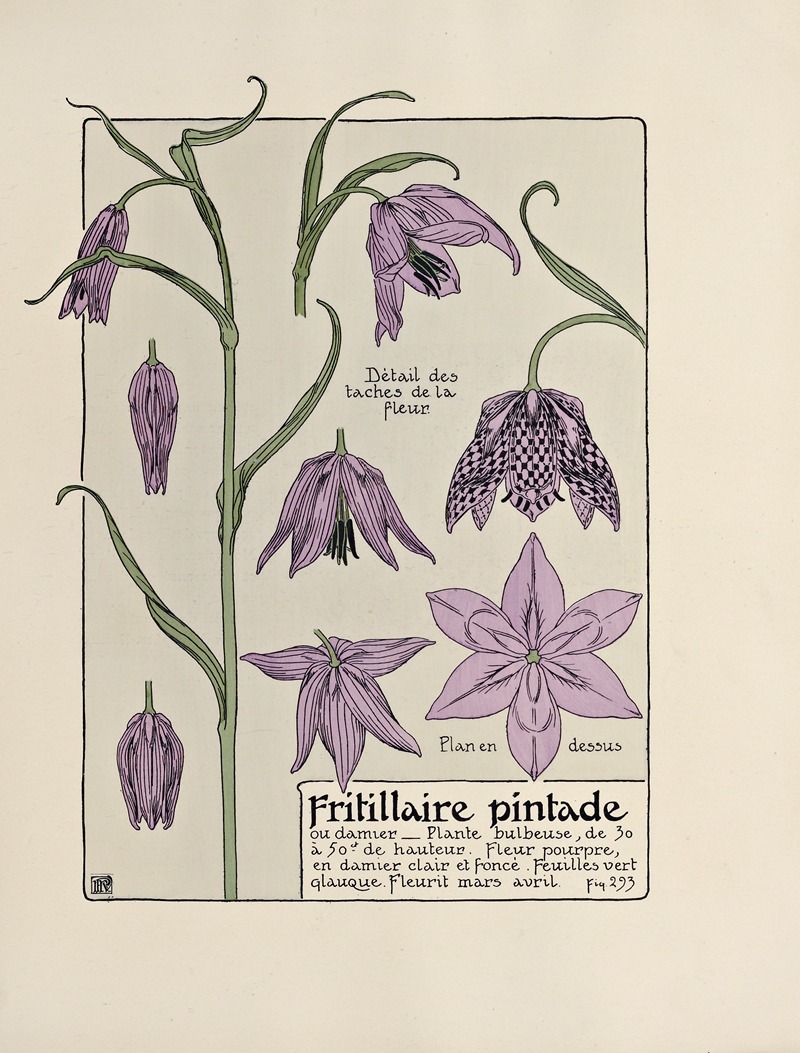
Fritillaire pintade
A hand-painted replica of Maurice Pillard Verneuil’s masterpiece Fritillaire pintade, meticulously crafted by professional artists to capture the true essence of the original. Each piece is created with museum-quality canvas and rare mineral pigments, carefully painted by experienced artists with delicate brushstrokes and rich, layered colors to perfectly recreate the texture of the original artwork. Unlike machine-printed reproductions, this hand-painted version brings the painting to life, infused with the artist’s emotions and skill in every stroke. Whether for personal collection or home decoration, it instantly elevates the artistic atmosphere of any space.
Maurice Pillard Verneuil was a prominent French artist and designer known for his contributions to the Art Nouveau movement. Born in 1869, Verneuil's work was characterized by its intricate patterns and vibrant use of color, often drawing inspiration from nature. One of his notable works is "Fritillaire pintade," which exemplifies his distinctive style and artistic philosophy.
"Fritillaire pintade" is a piece that showcases Verneuil's fascination with botanical subjects, a common theme in his oeuvre. The title refers to the fritillary flower, known for its unique checkered pattern and delicate form. This flower, often depicted in art for its aesthetic appeal, serves as the central motif in Verneuil's work. The choice of the fritillary reflects the Art Nouveau movement's emphasis on natural forms and organic beauty.
Verneuil's approach to "Fritillaire pintade" demonstrates his skill in blending artistic creativity with scientific observation. He meticulously captures the intricate details of the fritillary, highlighting its distinctive pattern and structure. This attention to detail is a hallmark of Verneuil's work, showcasing his ability to transform natural elements into decorative art.
The composition of "Fritillaire pintade" is marked by its harmonious balance and rhythmic flow, typical of Art Nouveau design. Verneuil employs a stylized representation of the flower, using flowing lines and curves to create a sense of movement and vitality. The color palette is carefully chosen to enhance the natural beauty of the fritillary, with rich hues that bring the subject to life.
Verneuil's work, including "Fritillaire pintade," was influential in the development of decorative arts during the late 19th and early 20th centuries. His designs were widely used in various applications, from textiles to wallpapers, reflecting the versatility and appeal of his artistic vision. Verneuil's ability to merge art with functionality made his work highly sought after in both artistic and commercial contexts.
"Fritillaire pintade" is an example of Verneuil's contribution to the democratization of art, making it accessible to a broader audience. By incorporating elements of nature into everyday objects, Verneuil helped to blur the lines between fine art and decorative art, a key aspect of the Art Nouveau movement. His work encouraged a greater appreciation for the beauty of the natural world and its potential to enhance human environments.
Throughout his career, Maurice Pillard Verneuil remained committed to exploring the relationship between art and nature. His work continues to be celebrated for its innovative approach and enduring aesthetic appeal. "Fritillaire pintade" stands as a testament to Verneuil's legacy as a pioneer of Art Nouveau, reflecting his passion for nature and his mastery of design.
In summary, "Fritillaire pintade" by Maurice Pillard Verneuil is a quintessential example of Art Nouveau art, characterized by its detailed depiction of natural forms and its integration into decorative design. Verneuil's work remains influential, highlighting the timeless connection between art and the natural world.





